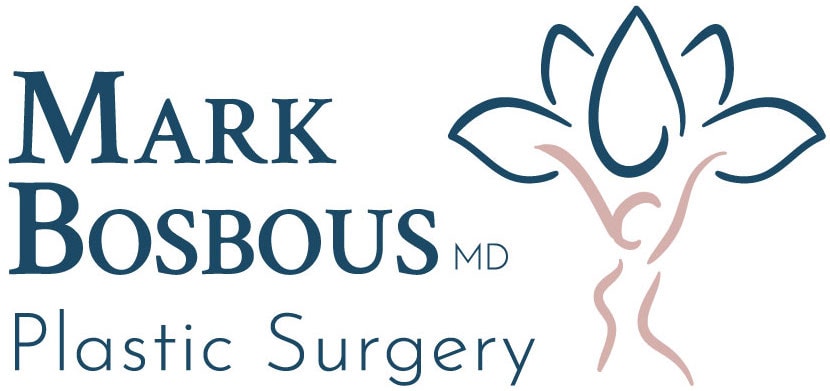When you think of a rhinoplasty, you’re probably imagining a procedure in which the nose is reshaped solely for aesthetic purposes.
In many cases, you’d be correct — however, that’s not the only reason one might choose to get a “nose job.”
At our practice in Milwaukee, Wisconsin, we’ve seen people choose to undergo rhinoplasty for a host of reasons. While many of these surgeries are cosmetic in nature, others are mostly or entirely functional.
That’s right: for certain nose issues, a rhinoplasty might be the ideal procedure for you.
In this piece, we’ll break down how a rhinoplasty can improve your breathing, as well as how to determine if you’re a good candidate for the procedure and what steps you should take before getting surgery.
What’s the difference between functional and cosmetic rhinoplasty?
By definition, a rhinoplasty is simply a surgery that changes the shape of the nose.
Most people are familiar with “cosmetic” rhinoplasty, where one reshapes their nose into a shape they find better suits them. However, there’s also “functional” rhinoplasty, which involves adjusting the nose to improve issues like airflow.
Interestingly, these two groups aren’t mutually exclusive. This means that you can get a rhinoplasty that not only changes the shape of your nose into one you prefer, but also resolves breathing issues in the process.
Which part of my nose is causing breathing problems?
If you’re having issues breathing through your nose, there’s a strong chance that you’re suffering from one of these issues.
First, you might have a deviated septum. This is where the cartilage that divides your nostrils shifts to one side, blocking airflow. Your septum may have been deviated from birth, or it could have developed from a nasal injury at some point in your life. Regardless, your rhinoplasty can include a septoplasty to realign the septum and improve breathing.
Second, you may have what experts call a “Nasal Valve Collapse.” This is a general term to describe the narrowing of an airway in your nose. There are numerous ways that a functional rhinoplasty can assist in remedying this process, such as through the use of cartilage grafts.
Next, your breathing issues could be attributed to enlarged turbinates. Turbinates are structures in the nose that help warm and humidify air; however, they can be enlarged and restrict airflow. A rhinoplasty can reduce the size of your turbinates while keeping their functionality, helping you breathe better in the process.
Finally, there could be another issue with your nose stemming from trauma or an injury. The nose can be a fragile thing, and any slight injury or accident in your life may have left a lasting impact.
It’s possible that your plastic surgeon will recommend multiple remedies as part of your rhinoplasty. This is why it’s important to be communicative during the planning process and select a high quality surgeon, as all of your procedures will be based around your specific history, nasal structure, and preferences.
Can a rhinoplasty really improve my breathing?
Not only can a rhinoplasty improve your breathing, but a functional procedure provides a host of benefits that might not immediately spring to mind when you think about a “nose job.”
For example, people with better nasal airflow often report better sleep, meaning you’re more likely to feel well-rested after a night’s sleep than before your procedure.
Additionally, some report that their functional rhinoplasty provided them with relief from their sinus issues. Opening blocked passages can reduce chronic sinus infections and headaches, offering those who’ve undergone the procedure a clearer head and a less irritated nose.
Interestingly, many of those who have had a functional rhinoplasty say that they were more active after the surgery. This makes sense: by improving oxygen flow into the body, one can work out more comfortably and for longer periods of time.
Is a rhinoplasty right for me?
The answer to that question depends on your specific situation.
In general, functional rhinoplasty is an option if you experience chronic nasal obstruction that doesn’t improve, or only temporarily improves with non-surgical treatments like nasal sprays.
However, the only real way to tell if a rhinoplasty is right for you is by contacting a certified and highly-rated plastic surgeon like Dr. Mark Bosbous.
Through conversations with your surgeon, you’ll be able to determine which procedure or procedures are best for resolving your specific issues, as well as what you can expect in the weeks following your procedure.
To schedule a consultation, reach out to us today.
